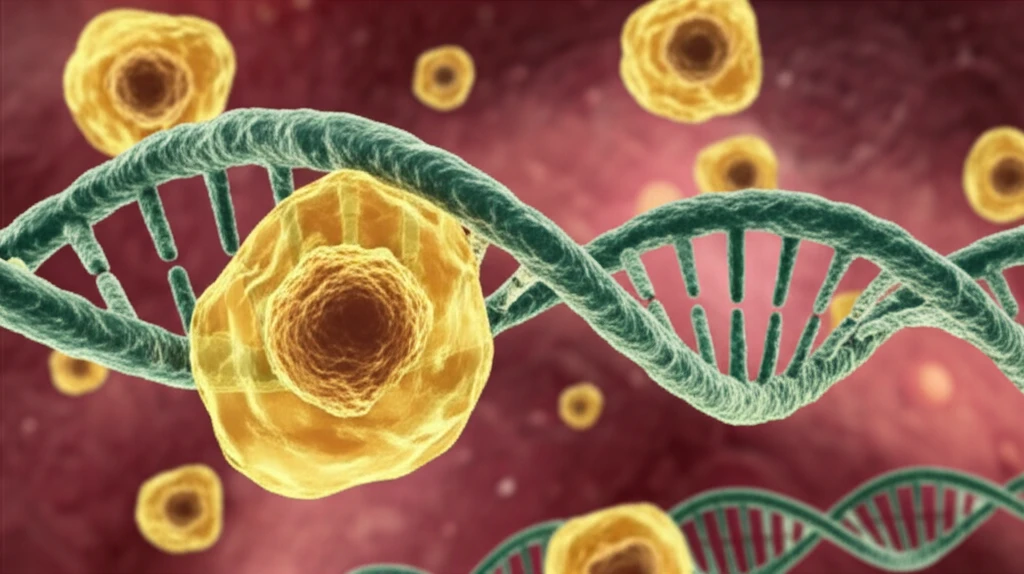
Decoding the Mystery: How a Protein Called y-Catenin Could Revolutionize Acute Myeloid Leukemia Treatment
"Unlocking the Secrets: Exploring the Potential of y-Catenin in the Fight Against AML."
Acute myeloid leukemia (AML), a cancer of the blood and bone marrow, presents a formidable challenge to medical professionals and patients alike. Characterized by the rapid growth of abnormal white blood cells, AML requires aggressive treatment and often carries a difficult prognosis. However, a new wave of research is bringing hope, focusing on the role of a protein called y-catenin and its potential to revolutionize AML treatment.
This article delves into the groundbreaking research surrounding y-catenin, exploring its connection to AML and the promise it holds for improved outcomes. We'll examine how y-catenin functions within the body, how it relates to the development and progression of AML, and the exciting possibilities it presents for future therapies.
Join us as we uncover the science behind y-catenin, its significance in AML, and the potential for a brighter future for those battling this challenging disease. We'll explore the latest findings, providing an accessible and informative look at this emerging area of cancer research.
Unveiling y-Catenin: A Deep Dive into Its Role in AML

y-Catenin, also known as plakoglobin, is a protein that plays a crucial role in cell-to-cell adhesion and signal transduction. It helps cells stick together and communicate with each other, making it essential for various bodily functions. Recent studies have revealed that y-catenin may also be involved in the development and progression of cancer, including AML.
- Cellular Adhesion: y-Catenin helps cells stick together and maintain tissue structure.
- Signal Transduction: It's involved in pathways that regulate cell growth and communication.
- AML Association: High levels of y-catenin are often found in AML cells, potentially influencing disease progression.
- Treatment Response: The level of y-catenin can influence a patient's response to chemotherapy and other therapies.
The Future of AML Treatment: Embracing the Potential of y-Catenin
The research surrounding y-catenin in AML is still in its early stages, but the findings are incredibly promising. As scientists continue to unravel the complexities of this protein, the potential for new and improved therapies grows stronger. By targeting y-catenin, researchers hope to develop treatments that are more effective and have fewer side effects, ultimately offering a better quality of life for patients with AML. The journey to conquering AML is ongoing, and y-catenin may very well be a key player in this fight.
